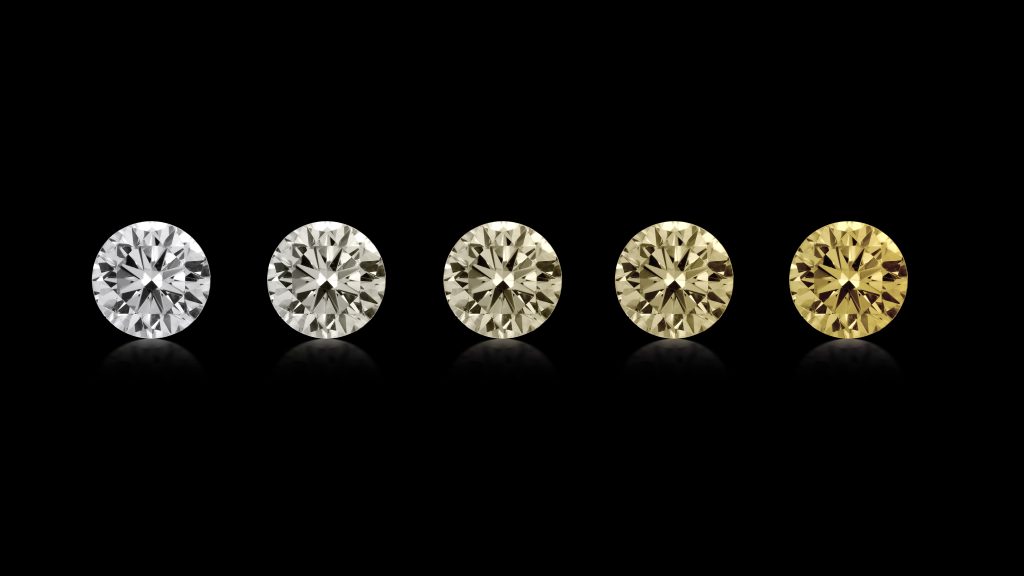When embarking on the journey to purchase a diamond, understanding the intricate details of diamond grading reports becomes paramount. Among the fundamental aspects to grasp, the diamond’s color grade stands as a pivotal factor influencing both its appearance and market value.
Diamond color grade denotes the presence or absence of color within a diamond. While most diamonds appear colorless to the naked eye, subtle variations in hue can significantly impact their value. The Gemological Institute of America (GIA), renowned worldwide for its expertise in gemology, has established a universally accepted system for grading diamond color. This standardized scale ranges from D (colorless) to Z (light yellow or brown).

The GIA scale begins with the highest grade, D, which signifies a diamond that is completely devoid of any color. As you progress down the scale toward Z, diamonds exhibit increasingly visible tones of yellow or brown.
The rarity of a diamond largely determines its market value, and color grade plays a pivotal role in this assessment. Colorless diamonds (D-F) are highly coveted for their rarity and command premium prices. On the contrary, diamonds in lower color grades (K-Z) are more common and thus more accessible in terms of pricing.
GIA grading reports are considered the gold standard in the diamond industry. Each report provides a comprehensive evaluation of a diamond’s 4Cs: Color, Cut, Clarity, and Carat Weight. This detailed analysis offers consumers transparency and confidence in their diamond purchase decisions, ensuring they receive a diamond that meets their expectations and investment criteria.

When selecting a diamond, factors such as personal preference, budget considerations, and the desired setting all come into play. Some individuals prefer the brilliance and purity of a colorless diamond, while others may favor the warmth and character of diamonds with a faint yellow hue. Consulting a GIA diamond grading report empowers buyers to make informed choices aligned with their preferences and budget constraints.
Understanding diamond color grades is essential for anyone looking to purchase a diamond of exceptional quality. Whether you prioritize rarity, budget considerations, or personal aesthetics, the GIA’s rigorous grading system provides clarity and assurance in selecting the perfect diamond for your needs. By leveraging the insights provided in a GIA diamond grading report, you can navigate the diamond market with confidence, knowing that your investment is as brilliant and valuable as the stone itself. Leo Hamel Fine Jewelry has some of the highest quality diamond jewelry, with a range of colorless to slightly colored diamonds. If you’re interested in getting a GIA Diamond Certificate for your diamonds, please reach out to us at the San Diego Gemological Lab, conveniently located in Leo Hamel’s showroom.